Honey Herb Roasted Turkey
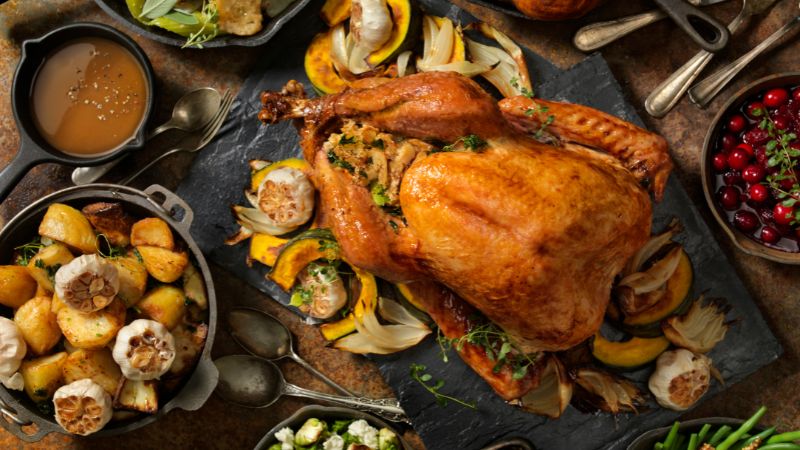
This delicious roasted turkey recipe is perfect for any festive occasion, bringing together a harmonious blend of flavors that will impress your family and friends!
Ingredients
- 1 whole turkey (fresh or thawed from frozen)
- 8 to 10 quarts of water
- 2 cups kosher salt
- 1 cup honey
- 3 to 4 teaspoons freshly ground coarse black pepper
- 10 to 12 cloves of garlic, peeled
- 2 bunches of fresh thyme
- 1 bunch of fresh sage
- 4 to 5 cups of chicken stock
- 2 to 3 lemons
- 2 to 4 teaspoons of olive oil
Directions

Step 1: Prepare the Turkey: Begin by removing the giblets and neck from the turkey cavity; set these aside for making gravy later. Rinse the turkey thoroughly under cold running water, ensuring that all surfaces are clean. Drain the turkey well and use paper towels to blot it dry, both inside and out.
Step 2: Make the Brine: In a large mixing bowl, combine the water, kosher salt, and honey. Stir the mixture until the honey has completely dissolved. Then, add half of the fresh thyme and sage, along with the peeled garlic cloves and coarse black pepper. Mix well and set this brine aside. Finally, incorporate the chicken stock into the brine mixture.
Step 3: Brining Process: Line an extra-large stock pot with a food-safe plastic bag. Place the rinsed turkey inside the bag and pour the prepared brine over it, ensuring the turkey is fully submerged. Gather the bag tightly around the turkey, sealing it securely. Refrigerate this setup for a minimum of 12 hours to allow the turkey to absorb the flavors.
Step 4: Preheat the Oven: When ready to roast, preheat your oven to 350°F (175°C).
Step 5: Prepare the Turkey for Roasting: After the brining period, remove the turkey from the brine and pat it dry with paper towels, discarding the brine. Position the turkey breast side up on a rack inside a large, shallow roasting pan (approximately 2.5 inches deep).
Step 6: Flavor the Cavity: Squeeze the juice of the lemons directly into the turkey's cavity. After juicing, place the used lemon halves inside the cavity along with the remaining fresh thyme and sage. Lightly coat the exterior of the turkey with olive oil, then season generously with salt and black pepper both inside and out.
Step 7: Insert the Thermometer: To ensure proper cooking, insert an oven-safe meat thermometer into the thickest part of the turkey thigh, making sure that the tip does not touch any bone.
Step 8: Roasting the Turkey: Place the turkey in the preheated oven. Baste it with poultry stock approximately every half hour to keep it moist. If the skin begins to brown too quickly, loosely cover the turkey with aluminum foil. Remove the foil during the last hour and a half of roasting to allow the skin to crisp up. Continue roasting until the thermometer reads 180°F (82°C) in the thigh or 170°F (77°C) in the breast.
Step 9: Rest Before Carving: Once fully cooked, take the turkey out of the oven and let it rest for about 15 to 20 minutes before carving. This resting period helps the juices redistribute, ensuring a moist and flavorful turkey. Enjoy your beautifully roasted turkey!


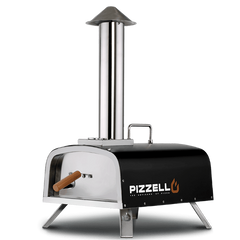
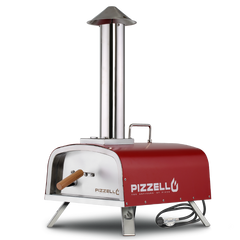
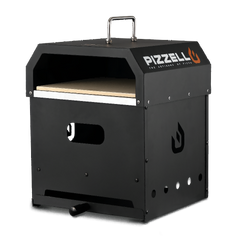
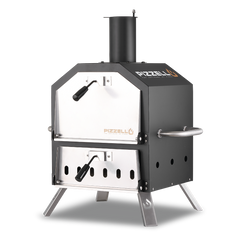





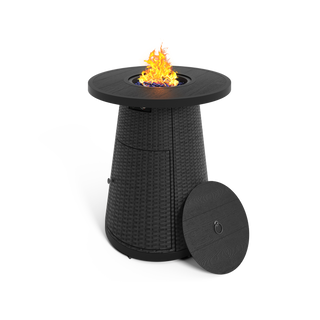

 Aluminum Dining Table
Aluminum Dining Table
 WPC Dining Table
WPC Dining Table
 Cart
Cart
 Gas Burner
Gas Burner
 Pizza Oven Door
Pizza Oven Door
 Hat
Hat
 Apron
Apron
 Swivel Rocker Set
Swivel Rocker Set
 Textilene Chairs
Textilene Chairs
 HDPE Chairs
HDPE Chairs
 Wicker Counter Height Barstools
Wicker Counter Height Barstools
 Metal Counter Height Barstools
Metal Counter Height Barstools


























